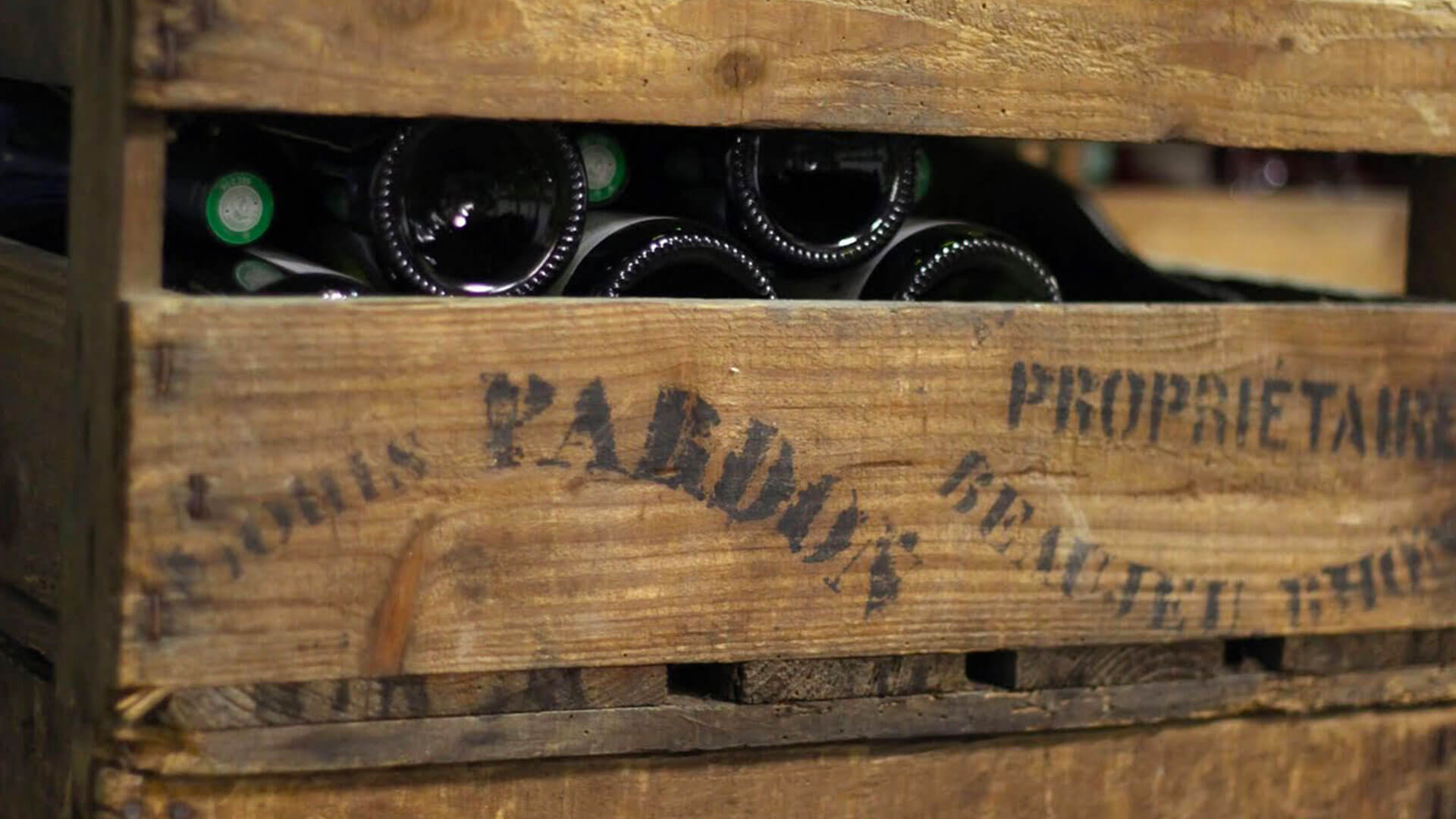
Bourgogne Hautes Côtes de Beaune Manoir de Mercey Domaine Berger-Rive
Tasting
Eye: Deep morello cherry color.
Nose: complex, aromas of red fruits (cherry dominant), then jam, in an atmosphere a bit woody.
Palate: silky attack, a delicate lively side and a good persistence in mouth (thanks to his robust tannins)
Serving
It is to serve at 17-18 ° on grilled or roasted red meats, game, white meats and cheeses not too strong.
Aging
Whith his well-present structured tannins, this wine can be keep during 4-5 years maybe more.
Grape
100% Pinot Noir
Terroir
Between Ladoix-Serrigny and the hillsides of the Maranges, the Côte de Beaune winegrowing region covers 20km from north to south. Facing the morning sun, these vineyards are never more than a few hundred meters wide. Yet they produce red and white wines that are internationally renowned.
A little farther to the west, behind the Côte de Beaune, the vines flourish on a gently concave plateau, 400m above sea level. This is the Hautes Côtes de Beaune. On the sunniest slopes, around 20 communes produce lively and accessible wines from the Bourgogne Hautes Côtes de Beaune appellation.
Winemaking
Hand picking harvest when grappes are fully ripe.
Slow alcoholic fermentation in oak casks, around 20 days at low temperature 19-22°C (66 - 72°F)
Ageing : Once the alcoholic fermentation is finished, this wine will go under malolactic fermentation in Spring, if the characteristics of the vintage allow. This wine will be aged in casks on fine lees with regular stirring.
Discover our others wines
|
|
185 Route de La Chevalière - 69430 Beaujeu - France
Phone: 04 74 04 86 97 | e-mail: contact@pardonetfils.com
www.pardonetfils.com
|





